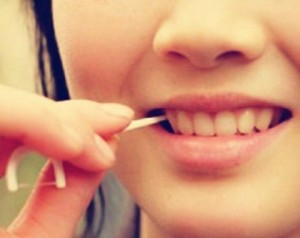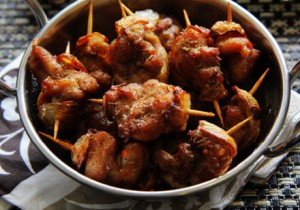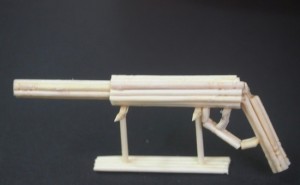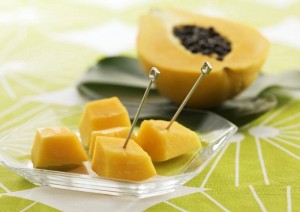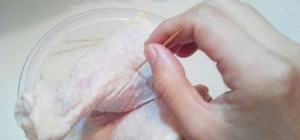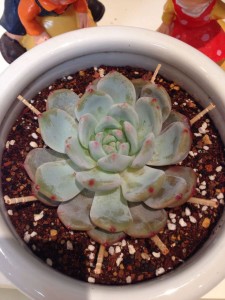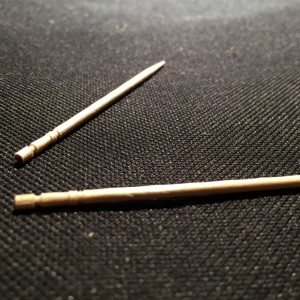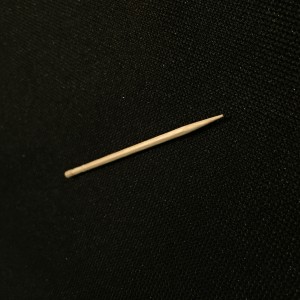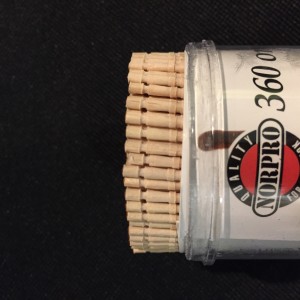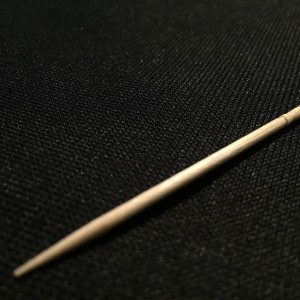TOOTHPICK
Place of origin: India/China
Countries of using: Most countries in Asia(Especially India and China), some parts of the United States
Inventor of toothpick: The time when human started to use toothpick was prehistory and the materials making toothpicks was so easy to be decomposed, so there was no clear evidence showing the specific inventor of toothpick. But the first one start using toothpick was a sea food restaurant called Union Oyster House, they paid for Harvard student eating in their restaurant to let them experience toothpicks. In India, they started to use wood sticks to clean their tooth 2000 years ago, which scientists regard the first country invented and used toothpicks.
Time of invention: 2000 Years ago
Purpose of invention: Toothpicks were invented for people who need to clean their gap between the teeth after finishing eating.
Diverse materials of chopsticks:
1.Bamboo (China)
2.Ivory (China-Han Dynasty,Ming Dynasty)
3.Wood(Most common material around the world)
4. Silver (China-Ming Dynasty)
5.Gold(China-Late Han Dynasty,Ming Dynasty)
6.Starch(21st Century)
Process of manufacturing- Disposable Chopsticks
The log Stage-The process of making a toothpick begins with birch logs. The logs are lifted by grippers into a de-barker, which in two passes of the blade creates a smooth, backless cylinder. The log is then transported into the unraveling machine, which strips the log lie paper using 12 blades.
The billet stage- The end result of the unraveling machine is a billet. A billet is manually removed and carried to a puncher. The puncher uses identical toothpick strips at the rate of 8000 toothpicks per second. The end result, however, is a small, soft piece of wood.
The finishing stage-These soft toothpicks are hardened in a dryer for 12 hours and then polished using talcum powder and friction for another four hours. The hardened toothpicks then pass though a sifter that removes damaged toothpicks. The acceptable toothpicks are sorted into a blower and conveyor that counts and packages them at the rate of 747500 per hour.
Environmental footprint: The process of making toothpicks is safe to the environment however due to the large demand of toothpicks all over the world, it has a big impact on the environment because of the huge demand for trees. Just like disposable chopsticks, toothpicks made of wood usually can not be used for the second time and some factories will add chemical compounds into the toothpicks during the process of making. So generally, the manufacturing process of producing toothpicks is not good for the environment. But with the development of technology, people started to use toothpicks made of starch, which is both eatable and recyclable. The raw materials of those toothpicks are potatoes, corn or mung bean that has almost no negative effect on environment.
| PROPERTIES | CAPACITIES |
| Extremely Thin (Small Size) | Pick out dirty things in gap of the teeth |
| Sharp Front | Take Fruit by insert one toothpick into the food (Use as fork) |
| Wide on the back but narrow on the front | Make small wood handcraft |
| Decorative pattern on the back (For holding) | Play games (Guessing Number Games) |
| Normally made of wood/bamboo | Dig a hole on paper (Use as needle) |
| Smooth (Surface) | String things together |
| Light (Low density) | Support for light things (Can be made into support for small things) |
| Wood Grain on the surface | Symbol in the soil (While planting plants) |
